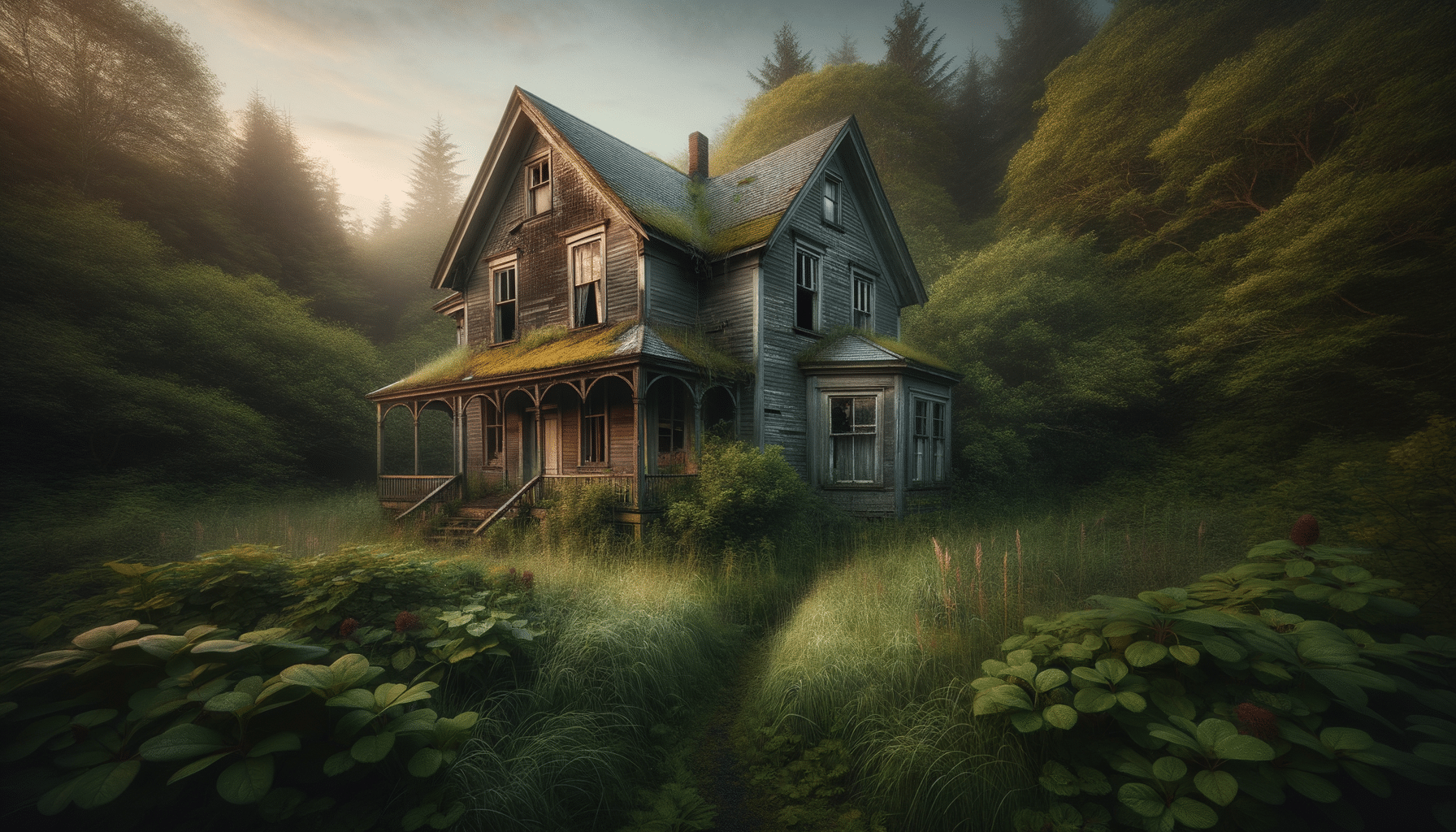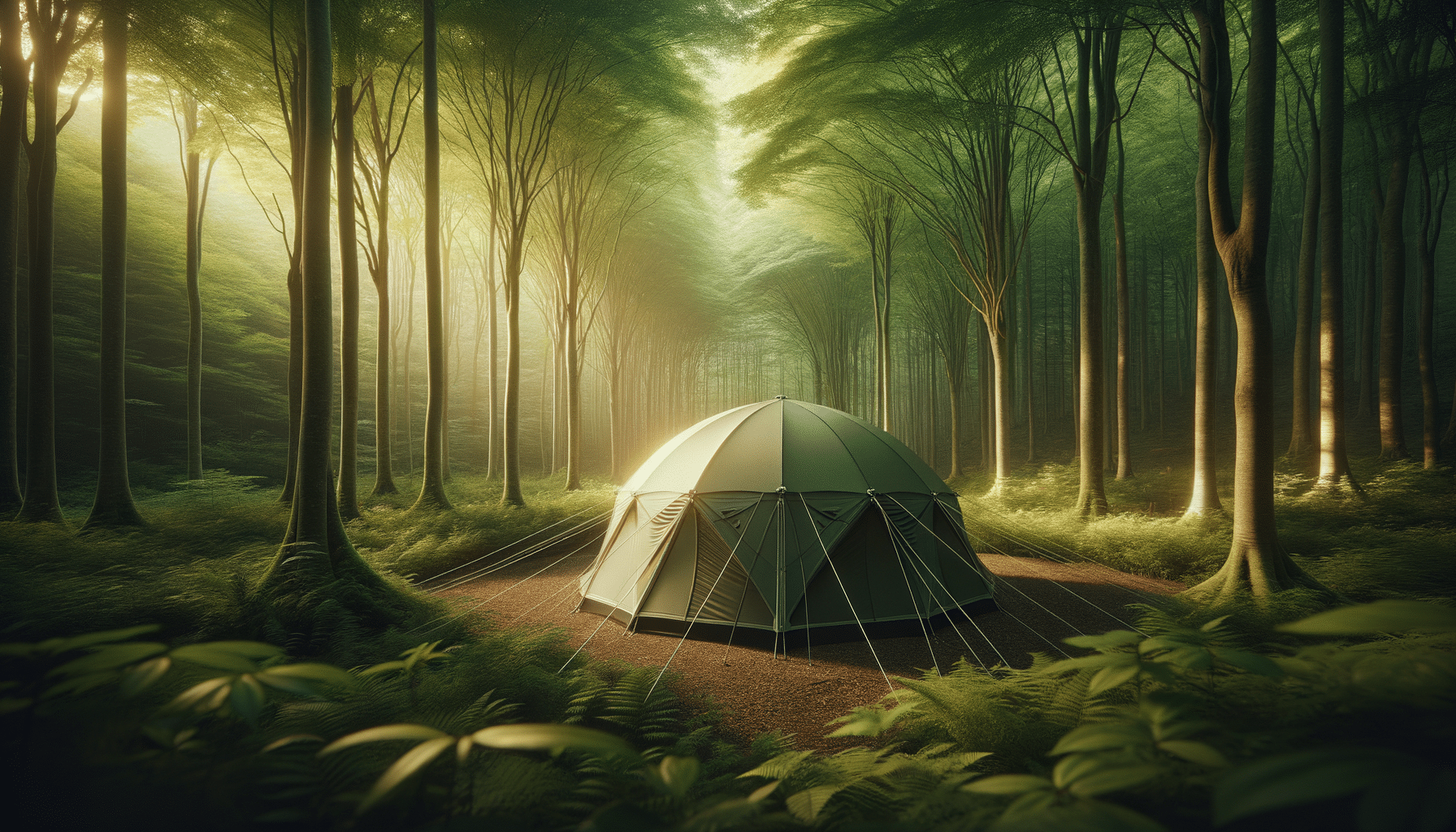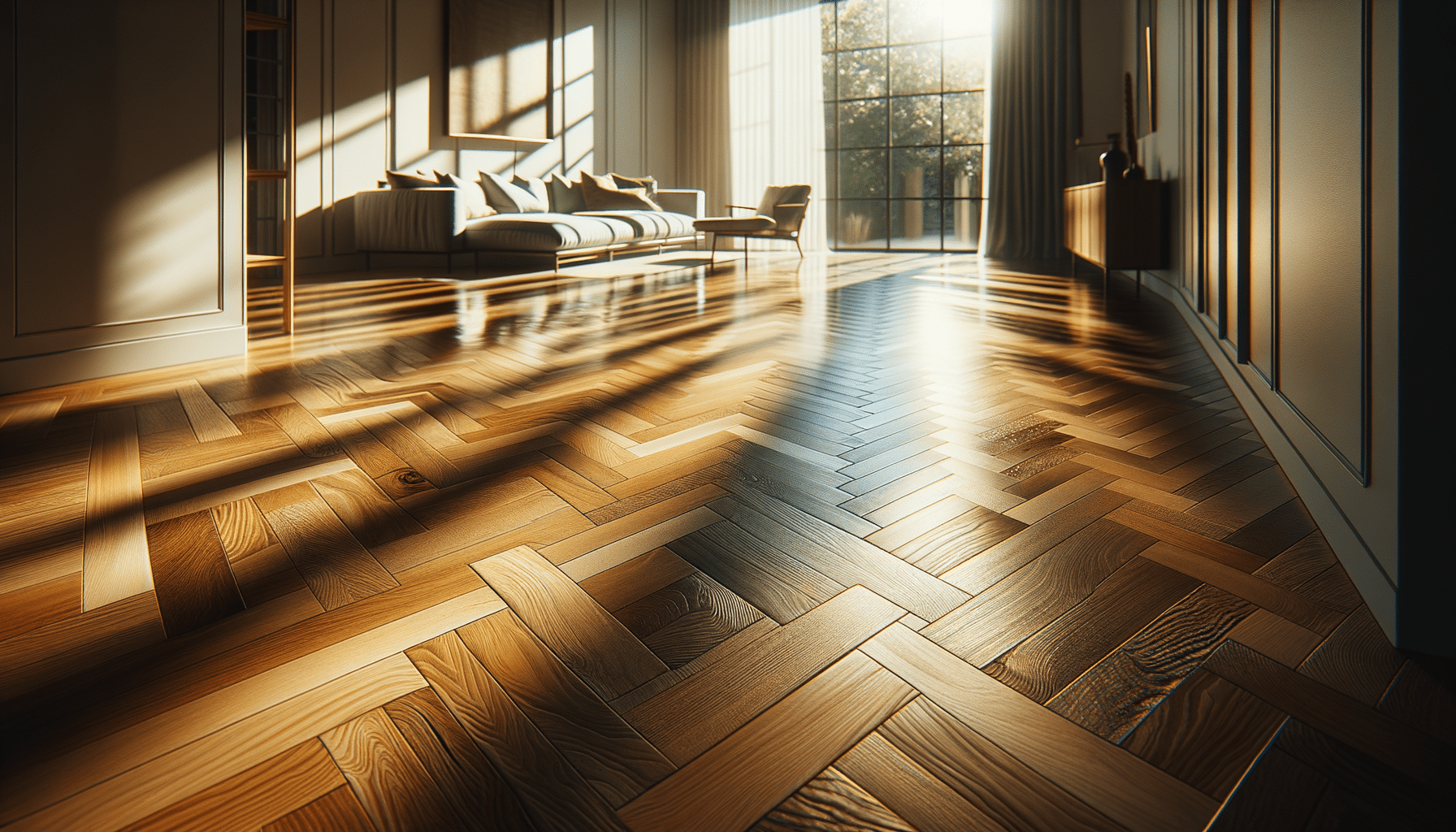
Abandoned House
The Allure of Abandoned Houses
Abandoned houses hold a unique fascination for many. These structures, often left to the ravages of time, tell stories of past lives and forgotten dreams. They stand as silent witnesses to history, offering glimpses into a world that once was. While some view them as eyesores, others see them as treasure troves of mystery and intrigue. The appeal of an abandoned house is multifaceted, encompassing elements of history, architecture, and even the supernatural.
For history enthusiasts, abandoned houses are like time capsules. They provide a tangible connection to the past, allowing us to explore how people lived, worked, and interacted within these spaces. Each room, with its peeling wallpaper and creaky floorboards, offers clues about the lives once lived there. The architecture of these houses often reflects the era in which they were built, showcasing styles and materials that may no longer be in use.
Furthermore, the supernatural allure of abandoned houses cannot be ignored. Many believe that these structures are haunted, adding an element of thrill and danger to their exploration. Stories of ghostly apparitions and unexplained noises are common, fueling the imagination and drawing in those who seek the paranormal. Whether or not one believes in ghosts, the eerie atmosphere of an abandoned house is undeniable.
The Historical Significance
Abandoned houses often hold significant historical value. They can serve as educational tools, providing insights into architectural trends, social norms, and economic conditions of the past. By studying these structures, historians and archaeologists can piece together information about the community and era in which they were built.
For instance, the design and layout of an abandoned house can reveal much about the social structure of the time. Large, opulent houses may indicate a period of economic prosperity, while smaller, more modest homes might suggest a working-class neighborhood. The materials used in construction can also provide clues about the technological advancements and resource availability during the house’s era.
Preserving these historical sites is crucial for maintaining a connection to our past. Many communities have recognized this and have taken steps to protect and restore abandoned houses, turning them into museums or heritage sites. These efforts not only preserve history but also contribute to local tourism and education.
The Architectural Beauty
The architectural beauty of abandoned houses is often overlooked. Despite their state of disrepair, these structures can be stunning examples of craftsmanship and design. From intricate woodwork to ornate moldings, the details found in abandoned houses are a testament to the skill and artistry of past builders.
Many abandoned houses were built during a time when architectural styles were more diverse and expressive. Victorian, Gothic, and Colonial styles are just a few examples of the architectural variety that can be found in these structures. The unique features of each style, such as turrets, gables, and wraparound porches, add to the visual appeal and charm of abandoned houses.
Photographers and artists are often drawn to the aesthetic qualities of abandoned houses. The interplay of light and shadow, the textures of peeling paint, and the natural decay create captivating compositions that inspire creativity. These images capture the beauty in decay, highlighting the elegance that remains even in neglect.
The Challenges of Restoration
Restoring an abandoned house can be a rewarding yet challenging endeavor. The process requires a significant investment of time, money, and effort. However, the end result can be a beautifully restored home that preserves history and provides a unique living space.
The first challenge in restoring an abandoned house is assessing the extent of the damage. Structural issues, such as foundation problems or roof leaks, need to be addressed before any cosmetic work can begin. This often involves hiring professionals to ensure that the house is safe and stable.
Once the structural issues are resolved, the focus shifts to restoring the house’s original features. This can involve painstaking work to preserve original materials, such as woodwork, tiles, and fixtures. Attention to detail is crucial to maintaining the house’s historical integrity while updating it for modern living.
Despite the challenges, many people find the restoration process to be a labor of love. The satisfaction of bringing a piece of history back to life is immeasurable, and the finished product is a testament to the dedication and passion of those involved.
The Future of Abandoned Houses
The future of abandoned houses is uncertain. As urban areas expand and property values rise, these structures are at risk of being demolished to make way for new developments. However, there is a growing movement to preserve and repurpose abandoned houses, recognizing their potential as cultural and historical assets.
One potential future for abandoned houses is adaptive reuse. This involves transforming these structures into something new while retaining their historical character. Abandoned houses can be converted into community centers, art galleries, or boutique hotels, providing a new purpose while preserving their heritage.
The preservation of abandoned houses also relies on public awareness and support. Community involvement and advocacy are crucial in preventing these structures from being lost to time. By highlighting the cultural, historical, and architectural value of abandoned houses, communities can rally behind efforts to save them.
Ultimately, the fate of abandoned houses lies in the hands of those who see their potential and are willing to invest in their preservation. With the right vision and resources, these forgotten structures can be given a new lease on life, enriching our communities and connecting us to the past.


